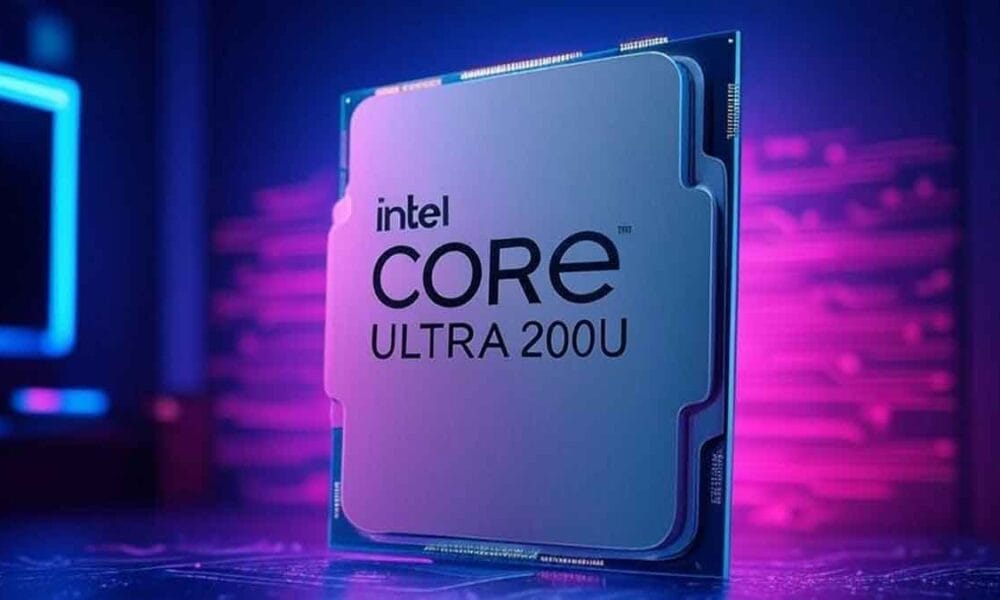CPU-Z, a widely used system monitoring tool, has released its latest update, version 2.13, which introduces support for Intel’s upcoming Core Ultra 200U series processors, also known as Arrow Lake-U. This update brings crucial compatibility enhancements and prepares the software for future hardware technologies, solidifying its role as a vital utility for system diagnostics.
The Core Ultra 200U series represents Intel’s continued evolution in processor architecture, with a focus on efficiency and performance for mobile computing. CPU-Z’s update ensures that users can monitor and analyze these processors, emphasizing their thermal and frequency dynamics. Furthermore, the software now includes preliminary support for Intel’s Arrow Lake-HX and H variants, reinforcing its compatibility across Intel’s next-generation platforms.
The update also introduces improved support for Intel’s Lunar Lake processors, highlighting CPU-Z’s adaptability to Intel’s rapidly advancing technology landscape. Another significant addition is support for CAMM2 memory modules (Compression Attached Memory Module), a revolutionary memory standard expected to debut in laptops showcased at CES 2025. This feature underscores the software’s commitment to staying ahead of hardware trends by integrating support for cutting-edge technologies.
Additional compatibility improvements include support for Intel’s 800-series motherboards, specifically mobile and workstation chipsets like Q870, W880, HM870, and WM890. Notably, the H870 board is absent from this list, simplifying choices for gamers who can opt for other variants such as Z890, B860, or H810. This segmentation aligns with CPU-Z’s strategy to cater to both general users and enthusiasts seeking advanced insights into their systems.
The latest enhancements also extend to the Intel Arc B580 GPU, aligning the software with Intel’s push toward high-performance graphics solutions. While CPU-Z’s graphics support remains less detailed than GPU-Z, this addition provides users with essential monitoring capabilities for Intel’s GPUs.
The 2.13 update builds on previous improvements, such as the inclusion of support for CUDIMM DDR5 memory, ensuring that CPU-Z remains a versatile tool for tracking the latest memory technologies. This continuity highlights the software’s role in adapting to evolving hardware needs.
CPU-Z’s continued updates, including these advanced integrations, reflect its pivotal role in system monitoring. By offering support for Intel’s newest technologies, the software remains indispensable for enthusiasts and professionals who require detailed insights into their hardware. These updates pave the way for seamless monitoring of next-generation systems, reaffirming CPU-Z as a leader in system diagnostics.
The latest version of CPU-Z can be downloaded from the official website, providing users with immediate access to its expanded capabilities.

